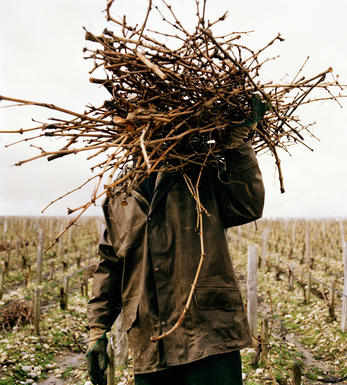
About this WINE

Louis Latour
Maison Louis Latour is one of the best known merchants and négociants in Beaune and has a reputation for producing whites of quality and individuality. The company owns over 45 hectares of prime vineyards, including a major holding on the famous Corton hill. The Mâcon Genièvres is one of the true bargains in Burgundy today, exhibiting ripe fruit, poise and elegance.
The Latour family, growers in the Côte de Beaune since at least 1731, arrived in Aloxe in 1768, acquiring several vineyards on and around the hill of Corton. They thrived sufficiently in the 19th century that they were able to buy the négociant business of Lamarosse Père et Fils in Beaune (18 rue des Tonneliers, still the base of Maison Louis Latour) in 1867, while in 1890 they bought the Château de Corton Grancey, its cuverie and 17 hectares of vineyards from the Comte de Grancey whose vinous holdings had suffered badly from phylloxera. Ten years later the Latours added holdings in two Côte de Nuits grands crus, Romanée St-Vivant and Chambertin.
The current boss, Louis-Fabrice, born in 1964, is the seventh Louis Latour to preside over the business. Winemaking is now in the hands of Jean-Charles Thomas, in succession to Jean-Pierre Jobard, while Boris Champy has replaced Denis Fetzmann in charge of the vineyards. As yet there have been few significant changes, although there is an air of something about to happen.
On the one hand the company is firmly traditional, but on the other capable of innovation, as witnessed by its Chardonnay from the Ardèche and Pinot from the Var departments.
The white grapes from its Burgundy vineyards are picked as ripe as possible, crushed before pressing, allowed to start fermenting in tank without settling, then sent to barrel to finish fermenting, with no lees stirring. One hundred per cent new oak is used for the domaine wines. The red grapes are destemmed and crushed before fermentation on the skins which is relatively short, then transferred to barrels for ageing. Rather less new wood is used on the reds compared to the whites, but they usually stay longer in barrel.
The old chestnut for discussion in relation to Latour is its practice of flash pasteurising the red wines before bottling, exposing the wine to a burst of two to three seconds at 72ºC/162ºF, to kill off bacteria and stabilise the wine, which falls clear over the next two to three months and does not need fining. It has been suggested to me that some of the mobile bottling plants still widely in use in the region also use this treatment, but Louis Latour is the only major producer who make no bones about doing it.
The Meursaults are well structured and reflect their respective vineyard sites, rather than exhibiting a "house" style. The Corton Charlemagne is an aristocratic, full-bodied wine that can be steely and restrained when young but, given time, will develop complex nuances and unrivalled creamy richness.
Jasper Morris MW, author of the award-winning Inside Burgundy comprehensive handbook.

Pinot Noir
Pinot Noir is probably the most frustrating, and at times infuriating, wine grape in the world. However when it is successful, it can produce some of the most sublime wines known to man. This thin-skinned grape which grows in small, tight bunches performs well on well-drained, deepish limestone based subsoils as are found on Burgundy's Côte d'Or.
Pinot Noir is more susceptible than other varieties to over cropping - concentration and varietal character disappear rapidly if yields are excessive and yields as little as 25hl/ha are the norm for some climats of the Côte d`Or.
Because of the thinness of the skins, Pinot Noir wines are lighter in colour, body and tannins. However the best wines have grip, complexity and an intensity of fruit seldom found in wine from other grapes. Young Pinot Noir can smell almost sweet, redolent with freshly crushed raspberries, cherries and redcurrants. When mature, the best wines develop a sensuous, silky mouth feel with the fruit flavours deepening and gamey "sous-bois" nuances emerging.
The best examples are still found in Burgundy, although Pinot Noir`s key role in Champagne should not be forgotten. It is grown throughout the world with notable success in the Carneros and Russian River Valley districts of California, and the Martinborough and Central Otago regions of New Zealand.



Buying options
Add to wishlist
wine at a glance
Delivery and quality guarantee